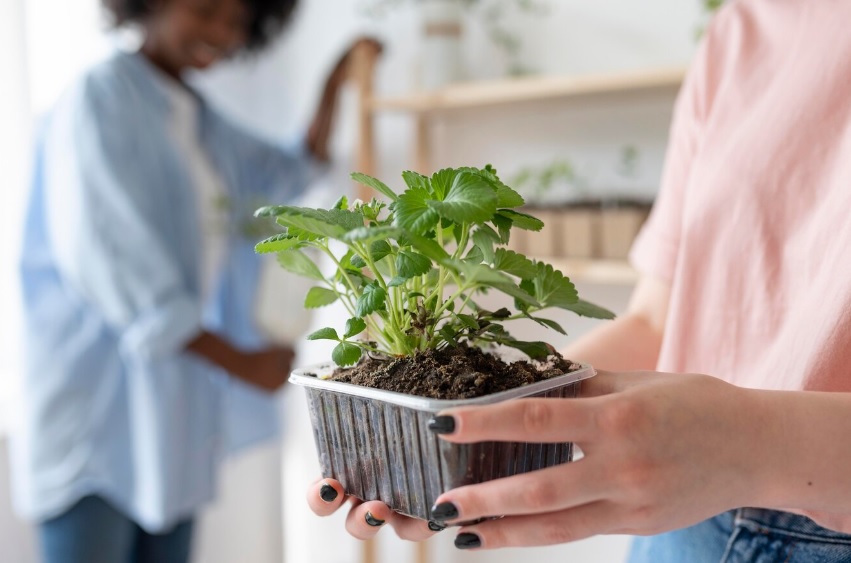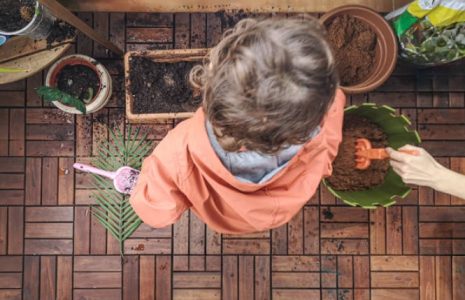No products in the cart.: $0.00
Household Plant Care Tips
Caring for houseplants can be a rewarding and therapeutic hobby. Whether you’re a seasoned plant parent or just starting, these tips will help keep your indoor garden thriving.
Understanding Overwatering
What is Overwatering?
Overwatering is one of the most common mistakes. It means watering too often, not necessarily watering too much at one time. Allowing the soil to dry out completely can cause it to become hydrophobic, unable to hold water. If this happens, use a skewer to break up the soil, then bottom water to ensure thorough soaking.
Signs of Overwatering
Many people give their plants small amounts of water too frequently, mistakenly believing they can’t overwater. This misconception has led to many succulent deaths. Most plants prefer to be quite dry (or bone dry for succulents) between waterings. A moisture meter can help determine when to water. For example, let aroids dry for 3+ days and succulents for 7+ days before watering again.
Light Requirements
How Much Light Do Plants Need?
All plants need as much light as they can tolerate without burning. This is often more light than we think. “Bright indirect” plants can thrive on a south-facing window, while succulents need to be inches under grow lights for about 12 hours a day, especially in winter.
Positioning Your Plants
Place your “bright indirect” crowd right on a south-facing window to get all-day sun. Position succulents just inches under grow lights on the highest setting
Household Plant Care Tips
Caring for houseplants can be a rewarding and therapeutic hobby. Whether you’re a seasoned plant parent or just starting, these tips will help keep your indoor garden thriving.
Understanding Overwatering
Overwatering is one of the most common mistakes. It means watering too often, not necessarily watering too much at one time. Allowing the soil to dry out completely can cause it to become hydrophobic, unable to hold water. If this happens, use a skewer to break up the soil, then bottom water to ensure thorough soaking.
Watering Frequency
Many people give their plants small amounts of water too frequently, mistakenly believing they can’t overwater. This misconception has led to many succulent deaths. Most plants prefer to be quite dry (or bone dry for succulents) between waterings. A moisture meter can help determine when to water. For example, let aroids dry for 3+ days and succulents for 7+ days before watering again.
Light Requirements
All plants need as much light as they can tolerate without burning. This is often more light than we think. “Bright indirect” plants can thrive on a south-facing window, while succulents need to be inches under grow lights for about 12 hours a day, especially in winter.
Soil Mixes
The right soil mix is crucial to prevent root rot. Dense soil can cause roots to rot, regardless of watering frequency. Use a 1:1:1 mix of potting soil, fir bark, and perlite for aroids, and a 1:1 mix of cactus potting soil and perlite for succulents and palms. Orchids do well in 100% fir bark. Proper soil mix can significantly reduce plant deaths due to rot.
Using Plant Apps
Plant care apps can provide decent watering advice, though there’s no universal watering schedule. These apps can be helpful, especially for those with busy lives or multiple plants. They can remind you when to water, repot, or check soil moisture.
The Benefits of the Planta App
The Planta app provides helpful watering advice and reminders, making it easier to manage multiple plants, especially for busy individuals or those with ADHD. It helps keep track of watering schedules, repotting dates, and overall plant health, ensuring your plants receive consistent care.
Reviving “Dead” Plants
Don’t give up on seemingly dead plants. Where there’s green, there’s hope. If there are still live roots, there’s a chance for revival. Sometimes, cutting everything above the soil line helps reset the plant.
Potting Techniques
When potting plants, avoid pressing the soil too firmly into the pot. Compacted soil can cause root rot. Invest in a temperature/humidity gauge to monitor your plants’ environment accurately. Good air circulation is essential to prevent mold and pests—use a small fan to ensure airflow.
Pest Management
Learn about pests before they become a problem. Common pests like fungus gnats, spider mites, thrips, and aphids can be managed with good air circulation and by recognizing early signs. For example, fungus gnats can be deterred with proper ventilation.
Light and Water Balance
Most plants thrive on a balance of light and water. More light usually means less water. Pay attention to your plants’ needs and adjust accordingly. Some plants, like succulents, prefer bright light and less frequent watering, while others, like peace lilies, may need consistent moisture.
Soil and Potting
Mix your own potting soil to avoid issues with commercial mixes. Avoid Miracle Grow soil if you have problems with fungus gnats. Instead, use a mix of denser soil with perlite and orchid bark. Clear pots can help monitor root health without disturbing the plant.
Humidity and Containers
Some plants thrive in high humidity, while others do not. Group plants according to their humidity needs. Be mindful of the type of container you use—terracotta absorbs moisture, requiring more frequent watering, while ceramic takes longer to dry.
Don’t Give Up
If a plant starts to die, don’t get discouraged. Try different solutions like moving the plant, checking the soil, or using fertilizer. Remember, yellowing leaves or brown spots are normal and don’t always indicate a problem.
Consistency is Key
Consistent care helps you understand your plants’ needs. Check regularly for watering and light conditions to establish a care routine. Each plant is different, so learning their preferences will help them thrive.
By following these tips, you’ll create a healthy environment for your indoor plants to flourish. Happy gardening!
#HouseplantTips #PlantCare #IndoorGardening #PlantParenthood #HomePlantLife #GardeningTips #IndoorPlants #GreenThumb #PlantLovers #UrbanJungle #Botanical #PlantHacks #PlantLife





